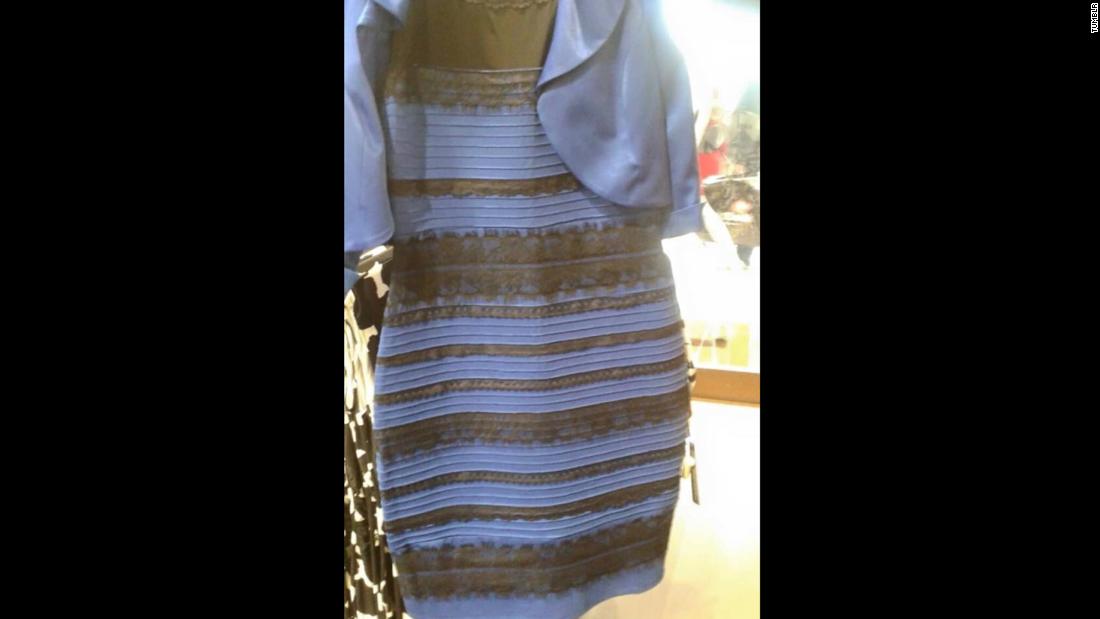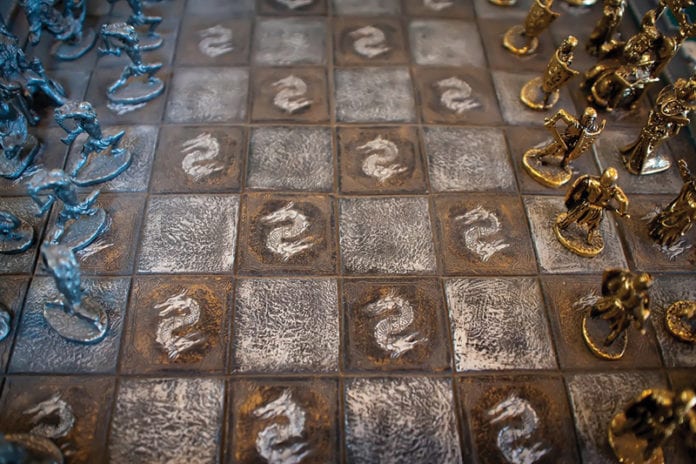One dress - two perceptions. For some, it is black-blue, for others, it is white-gold. In a functional magnetic resonance imaging (fMRI) study, the neuroplasticity group headed by Prof. T. Schmidt-Wilcke (Department of Neurology, Director Prof. Dr. Martin Tegenthoff) solved the riddle of the illusion. In no time at all, the dress had captured the attention of media and scientists worldwide.
.
Many renowned research institutes have explored the phenomenon from various angles, by analyzing the psychophysics or details of the image components. The Bochum researchers Lara Schlaffke, Lauren Haag and Anne Golisch now expanded the previous findings by providing insights into the differences in human brain activity caused by the contrasting perceptions.
.

.
.
No Activation Differences In Colour Control Condition.
The Bochum study tested participants who perceived the dress as white-gold or black-blue, respectively. In an MRI scanner, brain activation of all participants was measured while they looked at the photo of The Dress via a computer-based presentation system. In the control condition, participants looked at coloured squares with the same colour properties as the photo of The Dress.
In this control condition, no differences between the groups were identified in correctly naming the colours of the squares, nor in brain activation during the presentation of the coloured squares.
.
.
The Dress Activates Frontal and Parietal Brain Areas.
Subsequently, the researchers analysed the brain activation in both groups during presentation of The Dress. They demonstrated that in a direct comparison of groups the photo triggered differential brain activation, depending on their perception.
All participants who saw the dress as white-gold presented additional activation, mainly in frontal and parietal brain areas. Frontal regions are particularly involved in higher cognitive processes such as selective attention and decision making, while parietal areas process visual information from the occipital lobe.
.
.
Unique Research Approach.
The phenomenon of The Dress provides a unique approach to researching visual illusions: for the first time, scientists had the opportunity to study a control group in a case of ambiguous perception. Before, no optical illusion existed with exactly two competing perceptions which could not be deliberately manipulated. By means of this phenomenon, the Bergmannsheil research group succeeded in identifying brain areas which cause optical illusions.
"These results expand our knowledge of illusion processing in the brain. Based on the research findings, we were able to quantify the brain areas involved in the process, thus we have laid a foundation for further research in the field of visual processing," conclude the successful women researchers, who otherwise deal with dresses in a different context..
.
.



I see sky blue over gold.
White/ gold
I saw white and gold and then half way through the article it turned blue and black. I have no idea what that means? Anyone?
It is clearly white and gold.
White and gold. Every time.
I see Blue and Black
I see only white and gold.
I see gold and white and my daughter sees blue and black. How does that work if you see the dress in person?
I don’t see anything but white and gold, no matter how long I look at it. It’s hard for me to imagine how you could get black and blue out of that picture!
Maybe if I saw the dress in person…
At first I see white and gold but if I look at it long enough, it turns blue and black.
I see white and gold. so did my husband.
What prompted jim to claim that those who see white and gold are sociopaths?
I see gold/beige and lavender blue! I must be really weird! What does that mean?
I see white and gold!
if you see white and gold you are a sociopath
Me too! Wonder what that means?
Gold and Blue
White/gold…very interesting
What brain areas see white/gold vs blue/black?
I see white and gold